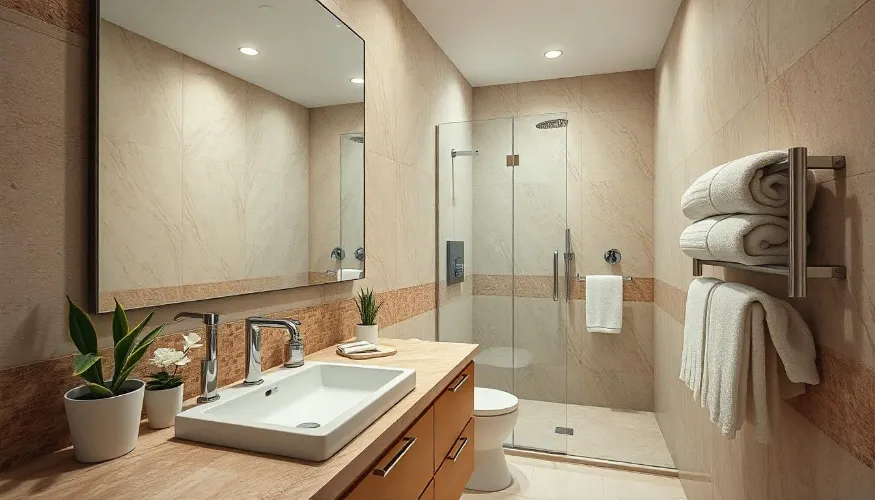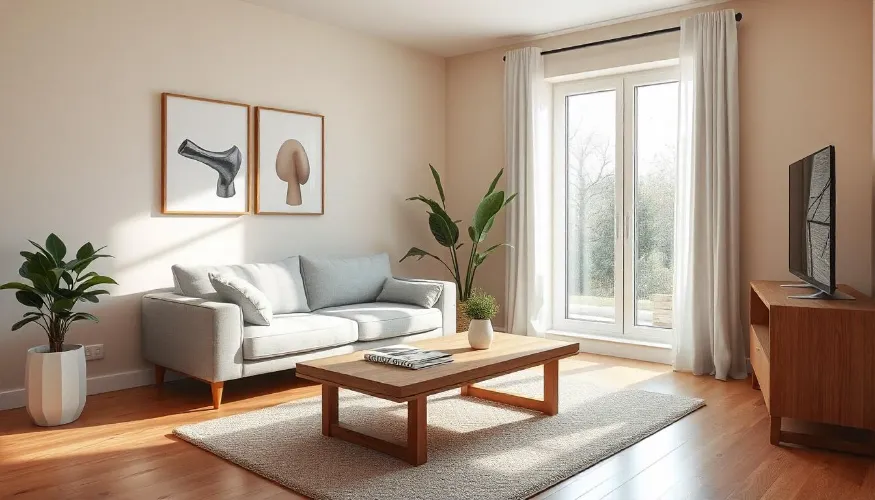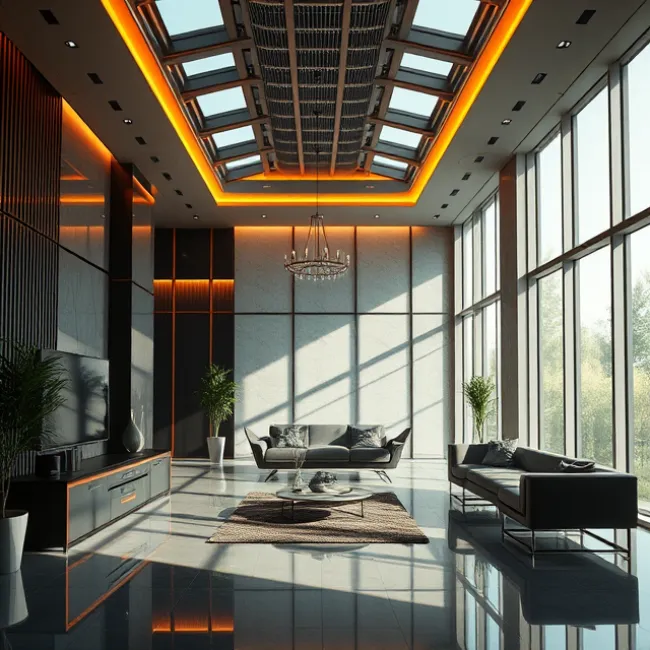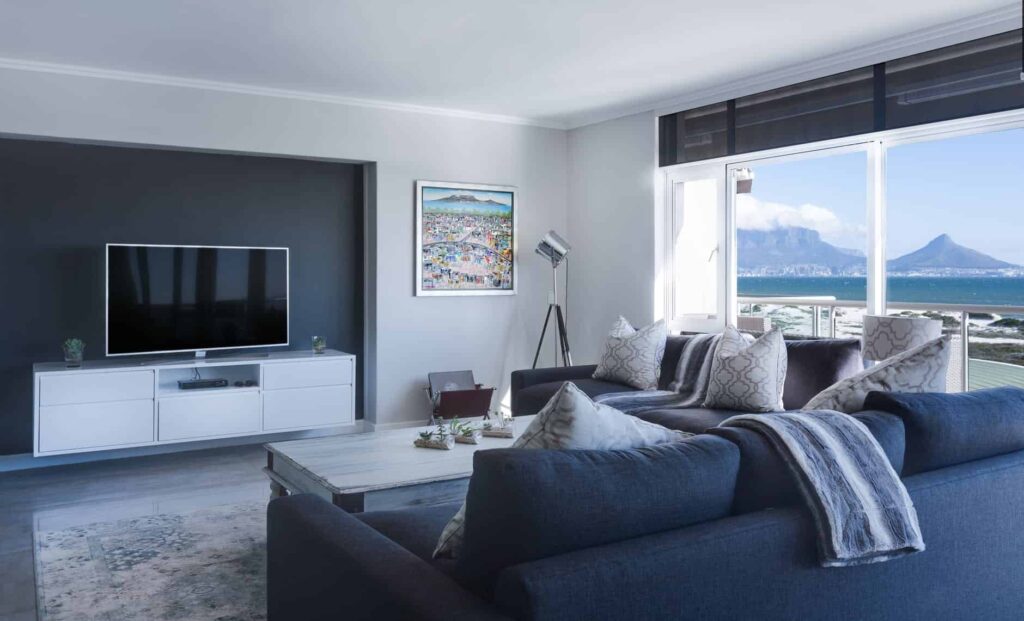Introduction:
“Interior Plan,” “Room Plan,” and “Insides Beautifying” are terms. They describe the work of outfitting, organizing, planning, and enhancing interior rooms.
This workshop will focus on an earth-inside plan for your home. It can suit any scale or budget. We will cover design, décor, organization, and room models.
We will also look into the basics of color, pattern, and upcycling techniques.
Basic Guide To Interior Design
If you are looking for in-depth tips on everything decor, then search no more. Here are some key, super helpful insights.
What Is Interior Design And Who Are Interior Designers?
Interior Design
Interior planning is a calling. It centers on design and space arrangement. It aims to create stylish, cohesive plans for homes and businesses.
The interior plan includes almost every visual component of a room. It covers the floors, ceiling, dividers, furniture, lights, and upholstery.
It also includes the entryways, windows, electronics, and extras. It also includes covered-up parts, like electrical wiring, plumbing, cement, and hardware.
Interior Designer
First, an interior designer uses her skills to plan the space. It must suit the client’s needs, based on the existing dimensions and structure.
Next, she will likely suggest effective layouts for various functions. She will also recommend design options for visual appeal. She assesses the costs included and a wide time outline to total the work.
At last, she brings together a group of temporary workers. They will handle some extraordinary tasks: carpentry, brickwork, plumbing, electrical work, and painting.
The interior designer must prepare high-quality drawings for each room. She must also supervise the work and provide input when needed.
She is usually expected to propose finishing materials and place them on a waitlist. The owner will then choose from them. The designer also helps choose accessories and art.
It adds the final touch to her vision for the space.
You can learn more about “The qualities an interior designer should possessed” in this article.

Three Basics Design Principles Of Interior Design
When beginning with your plans, there are a few inside-plan essentials to keep in mind:
Style.
Start by choosing an interior design style. It will keep your space cohesive and focused. There are many beautiful styles to choose from.
They include miserable chic, Tuscan, mid-century modern, mechanical, Scandinavian, and farmhouse. Each has its own design, colors, window treatments, and wall art.
They also have unique floor plans. Familiarize yourself with various styles and current design trends. This will help you find decorating ideas you like.
Focal Point.
Each room should have a focal point. It could be a curious or lovely piece, like a craft, a chimney, or a good couch. It should draw viewers’ attention.
Avoid going over the edge here. Too many focal points in a space can make it feel overwhelming and unfocused.
Balance.
To adjust each room, balance the visual weight of your furniture and accessories. Consider scale (big and small), surface (delicate and tough), and position (tall, eye level, and mood).
Also, consider clear and right arrangements. Notice subtle contrasts in a space. You’ll create rooms that feel whole and balanced.
When you design your space, consider some key elements of interior design.
Understand Space And Requirement
The first step in interior design is to know the space and each room’s requirements. There are a few questions you should have answers to.
Firstly, how many people stay in the house? What is the purpose of the design? What is the thought process behind it? These points are necessary to ponder.
Having a clear floor arrangement with a list of your prerequisites is critical. Have a clear vision for your home interiors. You can share it with an interior designer for help.
Plan Your Interior Design Budget
Next is to set a budget for your home interiors. The interior designer can provide you with an estimate that will give you an idea of the project’s cost.
The estimate should include all materials and labor charges of consultants. A 10 percent waste margin is common for items like tiles and glass.
You don’t have to spend a fortune on the interiors of your home. Divide your budget for each room and the kitchen as separate items.
It will depend on a few things. These are the room estimates and the types of furniture and decor. In any case, if there is a crunch, you can pick simple EMI options without interruption.
The appraisal will likely change a bit during the design process.
This could be due to several factors. These include a lack of materials, price changes, and a shift in the consultants’ work scope.
When you start in interior design, take it slow. Select your high-value items with caution. A great rule of thumb is to invest a large amount in loveseats and beds.
They will draw attention, so they need to look nice. Once you’ve found those, you can fill in the gaps with your accent items and DIY home decorating.

Plan Advancement And Furniture Placement
Space arranging is the most indispensable part of the plan preparation. The plan diagram or a virtual plan of your room will assist you in understanding the use and extent of the room. The visuals will become a reality once the process begins.
When using a format drawing to choose furniture, you must have precise measurements of the furniture.
Also, allow extra space in front if it has drawers, cabinet doors, or access to storage. Most destinations will provide this data. It is the length that drawers drag out to. You can use it to calculate the extra space needed.
Consider how to use the space and what it will be for. Then, choose the best furniture and plan for it.
A room needs enough space for clothes and possessions. A studio must have a work area and plenty of storage.
When you get an unused piece of furniture, it’s natural to push it against the wall. But this can make a room feel too solid and level.
Instead, keep your furniture a few inches from the dividers. This will make your room feel airier.
Remember Electrical And Plumbing Points
Another step would be to arrange all the electrical points and light fittings. It will incorporate getting the plumbing and pipeline work done as well.
You need to choose the electrical points sometime before you begin painting or doing wallpaper work in the rooms. Lighting plays a noteworthy part in planning domestic interiors.
Make sure to factor lighting into your budget when designing a room to avoid ruining it with poor lighting.
Use windows (for natural light), floor lights, and overhead lights. Add accent lighting, and use white or light-colored walls and furniture. These are great ways to open up a dull or small space.
Consider Untrue Ceiling Designs
An untrue ceiling is, as a rule, made one foot underneath the genuine ceiling. The electrical channels and points are set through this untrue ceiling.
It has become an imperative part of modern home interior design. It covers but does not hide the plumbing and electrical wires. It also includes the room’s layout.
Color Palette, Surface And Patterns
Choosing a color palette is a fundamental part of the interior plan. Whereas you may have a diverse fashion and color scheme in each room, you will need to tie the entire stay together on a consistent basis.
Consider the right colors for a small room as well as colors and designs for a huge room.
A color palette is a combination of unmistakable tones you will take note of; to begin with, look. These may be on dividers, furniture, ceilings, or indeed the upholstery.
When utilizing color in a room, understanding it and addressing the extent is of great importance.
Colors are best utilized in varying amounts because they compete for attention when used in equal measures.
One of the easiest ways to get this concept is like this: in a relaxed room, your dividers would have the biggest region of color.
At that point, your ceiling and floor would have the second biggest extent of shades. Another way, you might have a striking tone on an included divider or in your upholstery – the third biggest extent.
At last, a tiny bit of color would be some highlights on things like rugs or art.
Mixing designs in a domestic stylistic layout is one of the more advanced parts of interior design.
Designs do not need to coordinate with each other, but they must complement and work together. Consider color, size, and scale when doing this task.

Flooring Plans And Material
Selecting the right flooring can be a small, time-consuming errand. Assemble a few data points on almost all sorts of flooring as you arrange the ad. You can choose hardwood, carpet, tiles, or vinyl.
The choice depends on the toll, range, and the pros and cons of each option available. For example, when choosing bathroom flooring, check if the material makes it dangerous.
Choosing Dividers Colors
Choosing a color for your dividers is the most curious part of the handle. Select colors that will go with the lighting and the furniture. Learn about the diverse paint wraps if you need to give the dividers a finished look.
Conclusion:
Your domestic space is a place where you get the most extreme consolation. So, when you begin with your domestic interiors, plan them in a way that is comfortable for you.
If you’re working on your claim home’s layout and decor, don’t try to copy the professional photos you see online or in design magazines.
The showrooms should display design trends and furniture, not serve as living spaces. Instead, toss in more varied or nostalgic pieces so that your house has the culmination of ravishing plan and livability.
Do not overburden yourself with everything in one go, but take one step at a time. The most common issue with the inside plan preparation is figuring out where to begin.

